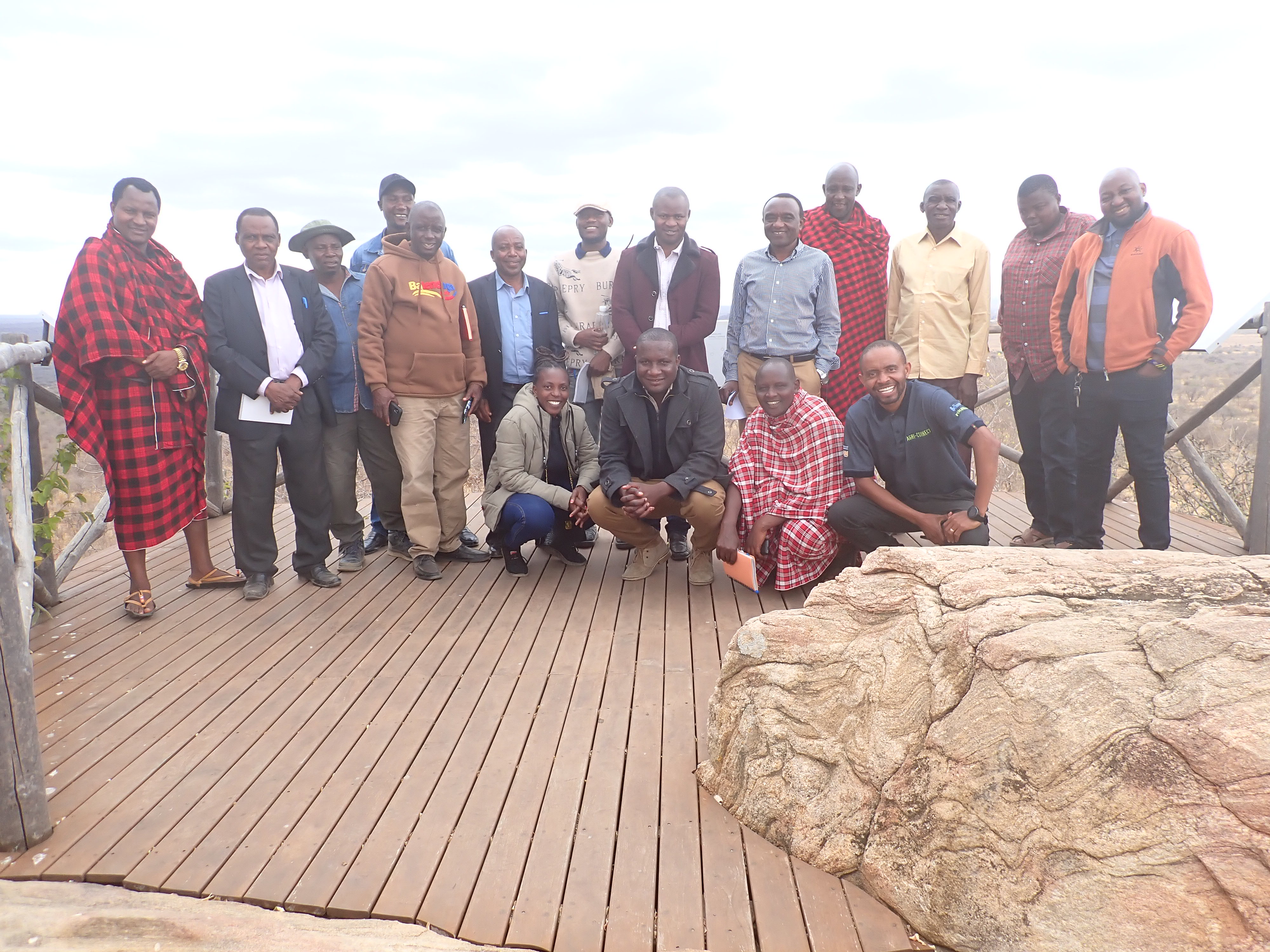NFTree seeks to make conservation economically competitive by increasing the opportunity cost of forest conversion. The model redirects resources toward conservation by integrating blockchain, MRV systems, and community incentives, channeling funds into a fiduciary trust. These funds are allocated based on territorial prioritization and community governance mechanisms that value the ecological function of native forests. Through this, NFTree offers an ecosystem-based alternative to traditional productive models such as extensive cattle ranching or extractive activities.
NFTree provides economic alternatives that make conservation viable and attractive. By assigning a financial value to conservation through tokenization and connecting it to real ecosystem services (e.g., carbon sequestration, biodiversity), the model enables a shift in local economic logic. Funds from NFT sales are funneled into a fiduciary trust and redistributed through community-designed conservation agreements. These agreements consider the ecological integrity of each territory and are managed collectively. As a result, economic activities shift away from degradation and toward ecosystem service provision, strengthening long-term sustainability and local resilience.
